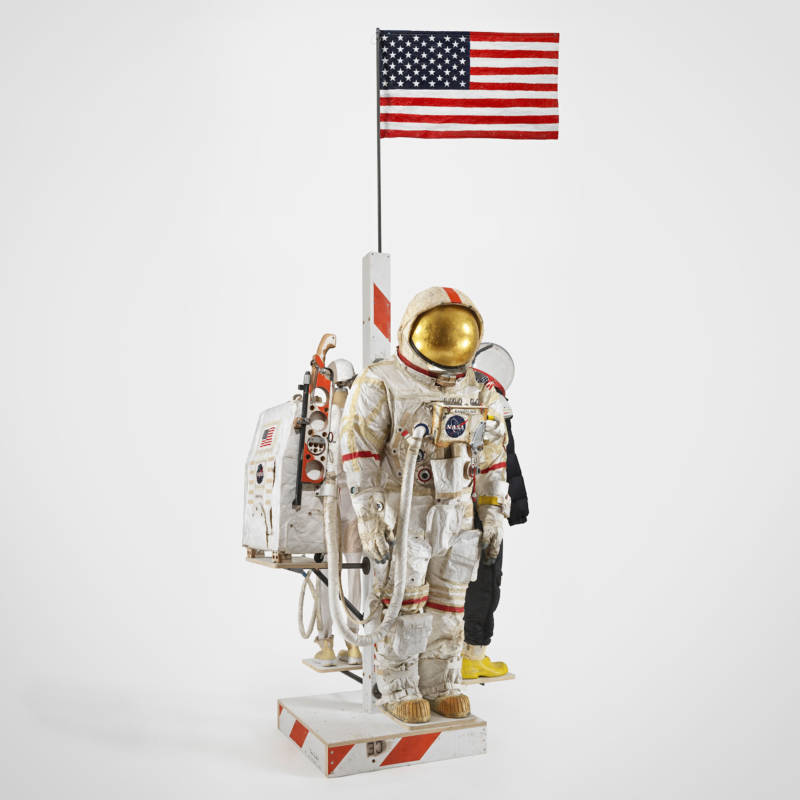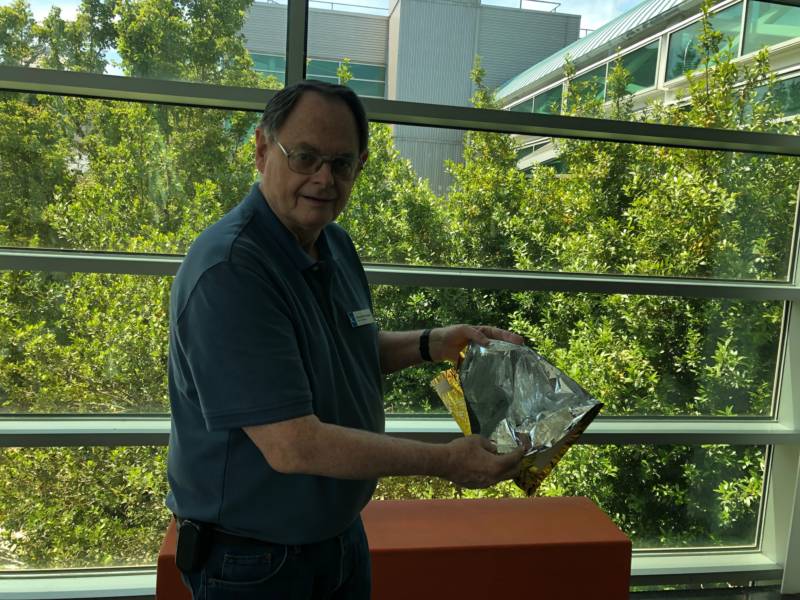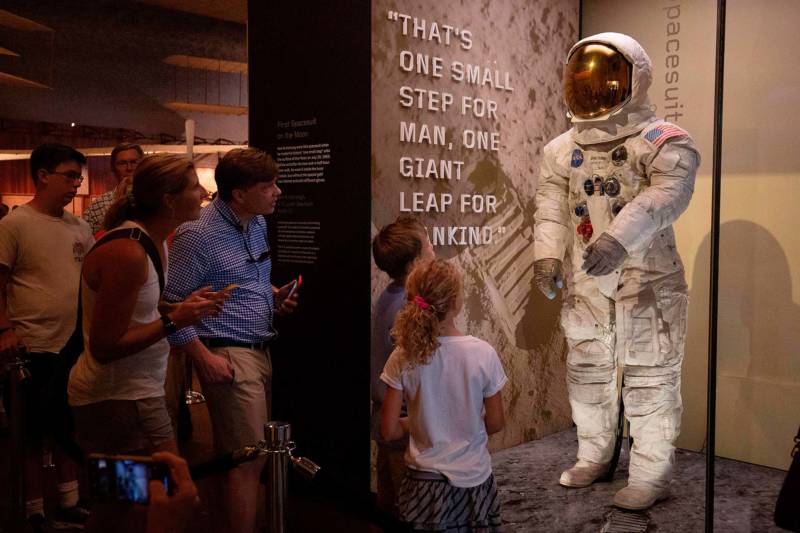Neil Armstrong’s spacesuit has been slowly deteriorating in the 50 years since he became the first human to set foot on the moon.
“The materials from which the suit was made were not expected to last much longer than the Apollo mission itself,” said Cathleen Lewis, curator of International Space Programs and Spacesuits at the Smithsonian Institution’s National Air and Space Museum.

But the near-mythic status of the outfit, with its white, marshmallow-like coveralls and gold-fronted, fishbowl-shaped helmet, has persisted in intervening decades. It continues to capture imaginations and to influence what astronauts are wearing in space today.
TV personality Adam Savage is so in awe of the suit that he commissioned a replica. “I am standing next to the Ur-spacesuit; The O.G.,” he said about his then-new possession on the popular science and technology website, Tested. “This is what my brain thinks of when I think of spacesuit.”
The Apollo 11 suit is also one of the most reproduced images in all of photographic history. In the Bay Area this summer, you can see three-dimensional reproductions of it behind home plate at the San Francisco Giants’ Oracle Park. It’s also the first thing you encounter at the entrance to the San Francisco Museum of Modern Art’s new exhibition, “Far Out: Suits, Habs, and Labs for Outer Space.”
And its bulky contours have been riffed on countless times in pop culture, in movies like “The Martian” starring Matt Damon and in Pixar’s “Toy Story” series, clothing the astronaut character Buzz Lightyear.
Lewis said Armstrong’s spacesuit was essential to the success of the Apollo 11 mission.
“Without that suit, Neil Armstrong could not have made that ‘one small step for man’ and stepped down out of the lunar module,” she said.
That’s because the suit itself represents such a giant leap in engineering and design.
“The Apollo suit for the very first time had to be a suit in which you could literally walk around, bend over, do all kinds of work on the surface of the moon,” said Nicholas de Monchaux, a professor of architecture, design and new media at UC Berkeley, and the author of the book “Spacesuit: Fashioning Apollo.”

De Monchaux said the Apollo suit was safer, more durable and allowed greater mobility than its predecessors in the harsh, zero gravity conditions of space.
“The suit had 21 different layers of fabric, literally layered together like the human skin,” he said.
At the Chabot Space and Science Center in Oakland, astronomer Gerald McKeegan brought out samples of some of these layers.
The materials are crinkly and super light. They look like flimsy sheets of silver tinfoil. McKeegan said they’re actually made of aluminum-coated Mylar, a type of plastic film which acts as a barrier against heat.
“These were extremely efficient at keeping the astronauts cool inside,” McKeegan said. “It could be 200 degrees on the outside and 75 degrees on the inside.”
Spacesuits today still more or less look the same from the outside as they did in 1969 — and they use some similar technologies, like layers that regulate body temperature.

But they’ve also evolved a great deal since the first moon landing.
Armstrong’s was a soft-shelled, custom-tailored, one-piece affair. NASA spacesuit engineer Amy Ross said today’s suits, which have been in play since the start of the shuttle program, come with a hard upper torso and in different-sized modular parts. So anyone can wear them — no matter their size or gender.
“I just build small, medium, large and extra large, and make sure that all the different folks — male or female — who might be getting the suits in those sizes, can do their job in that size,” Ross said.
Ross also said today’s fabrics have changed.
For example, they include natural fibers, once thought of as too flammable.
Ross said NASA has upped its metal game, too.
“We used to be focused on aluminum, then stainless steel,” she said. “And now we’re trying to use more titanium. It’s stronger. It’s lighter.”
The commercial space programs of companies like Boeing and SpaceX are now taking the spacesuit in a more fashionable direction, much to the delight of the media.
Specialist blogs and mainstream TV talk shows alike devoted considerable attention to the unveiling of the SpaceX suit in 2017.
But these efforts have so far been mostly focused on suits that can be used only inside spacecraft.
They couldn’t withstand the hazards outside; the extreme temperatures and flying debris that working astronauts encounter when they step out into the void of deep space.
For now, bulky white coveralls, helmets and backpacks — really, refined versions of the Apollo suit — are what’s needed if astronauts want to kick up moon dust once again.
